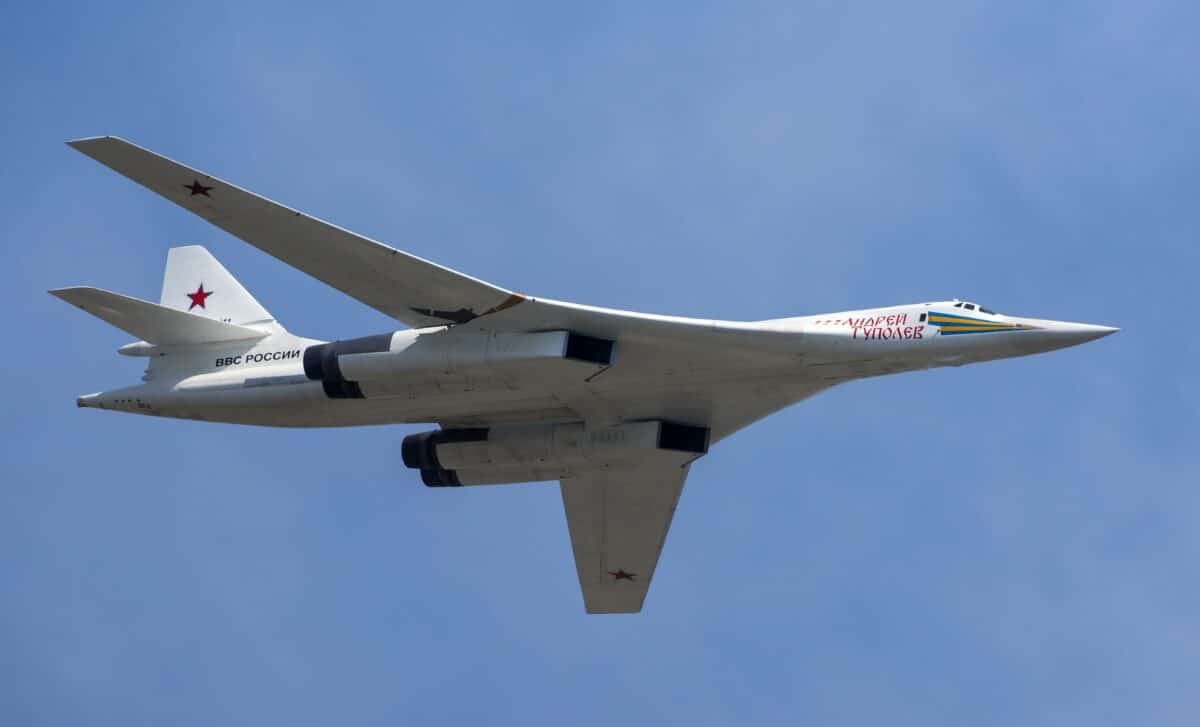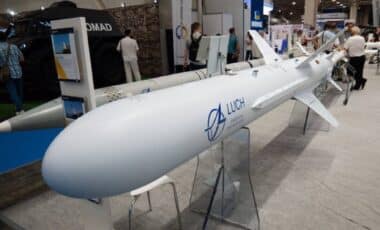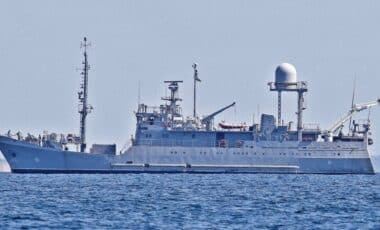The Tupolev Tu-160, also known as Black Jack, remains one of the most powerful and formidable strategic bombers in the world. Developed during the Cold War, this supersonic aircraft continues to play a crucial role in Russia’s military operations, notably in the ongoing conflict with Ukraine. However, as modern warfare evolves, the bomber’s vulnerabilities have been exposed, raising concerns about its future viability.
Introduced in the 1980s, the Tupolev Tu-160 was designed as a long-range strategic bomber capable of delivering both nuclear and conventional payloads with high precision. Despite its age, the aircraft is still integral to Russia’s military doctrine, especially its power projection capabilities.
The Tu-160’s impressive range and speed allow it to strike targets thousands of kilometers away, an essential asset in Russia’s aerial arsenal. But as the war in Ukraine progresses, the bomber’s effectiveness and survival face increasing challenges, particularly from advanced drone warfare.
Amphetamines, Naps, Toilets: How B-2 Bomber Pilots Endure Flights Lasting Over 30 Hours
The Role of Tu-160 in Recent Russian Military Operations
Since the onset of the invasion of Ukraine in February 2022, the Tu-160 has been a key player in Russia’s airstrike strategy. The bomber has carried out several high-profile missile strikes on Ukrainian targets, demonstrating its continued relevance in modern military operations.
According to Armees, the Tu-160 was involved in missile strikes on cities like Vinnytsia and Kyiv in 2022, reinforcing its strategic importance in long-range bombing campaigns. These strikes are part of Russia’s broader strategy to incapacitate key infrastructure and military sites, showing the bomber’s ability to project force over vast distances.
The Tu-160’s role in these operations highlights its capacity for delivering powerful blows from beyond the front lines. Despite the evolving nature of the conflict, Russia continues to rely on this aging aircraft to carry out precision strikes that could significantly alter the course of battles, showing the bomber’s undiminished power in Russia’s military playbook.
Vulnerabilities Exposed: Ukrainian Drone Strikes
While the Tu-160 remains a formidable force, its vulnerability to modern warfare tactics has come to light, especially with the advent of drone technology. In June 2025, Ukrainian forces launched a series of drone attacks on Russian bases where Tu-160 bombers were stationed.
This operation, known as “Spider Web,” involved FPV drones targeting the strategic bombers. These attacks reportedly caused significant damage, with some Tu-160s destroyed or severely compromised. Despite official Russian denials, Ukrainian officials claim that two bombers were lost in these strikes, with about 34% of Russia’s strategic missile carriers affected.
This vulnerability marks a significant shift in the balance of power in modern air warfare. The once-imposing Tu-160 is now exposed to a new generation of threats, raising concerns about its future in the Russian military’s strategic capabilities. The use of drones against such a powerful aircraft suggests that even the most advanced bombers are not immune to newer, less conventional forms of warfare.
Modernization Efforts and the Future of the Tu-160
Despite its vulnerabilities, the Russian military has committed to maintaining and modernizing its Tu-160 fleet. Since 2015, Russia has invested heavily in upgrading the aircraft to the Tu-160M standard, incorporating new engines and enhanced avionics.
The upgraded Tu-160M boasts improved fuel efficiency, a range extended by over 1,000 kilometers, and advanced digital navigation systems. The Tu-160M2, the most advanced version, incorporates entirely new components and improved electronics, with the first flight of this model occurring in January 2022.
While these upgrades extend the bomber’s operational life, they come at a significant cost. With each Tu-160 priced between 150 and 200 million euros, the limited production capacity, combined with increasing financial pressures, means that the modernization program faces practical challenges.
Nonetheless, Russia continues to pursue the development of new strategic bombers, such as the PAK DA, which is expected to eventually replace the Tu-160. However, this next-generation aircraft is still several years away from becoming operational, and the future of Russia’s long-range air strike capabilities remains closely tied to the aging Tu-160 fleet for the time being.








